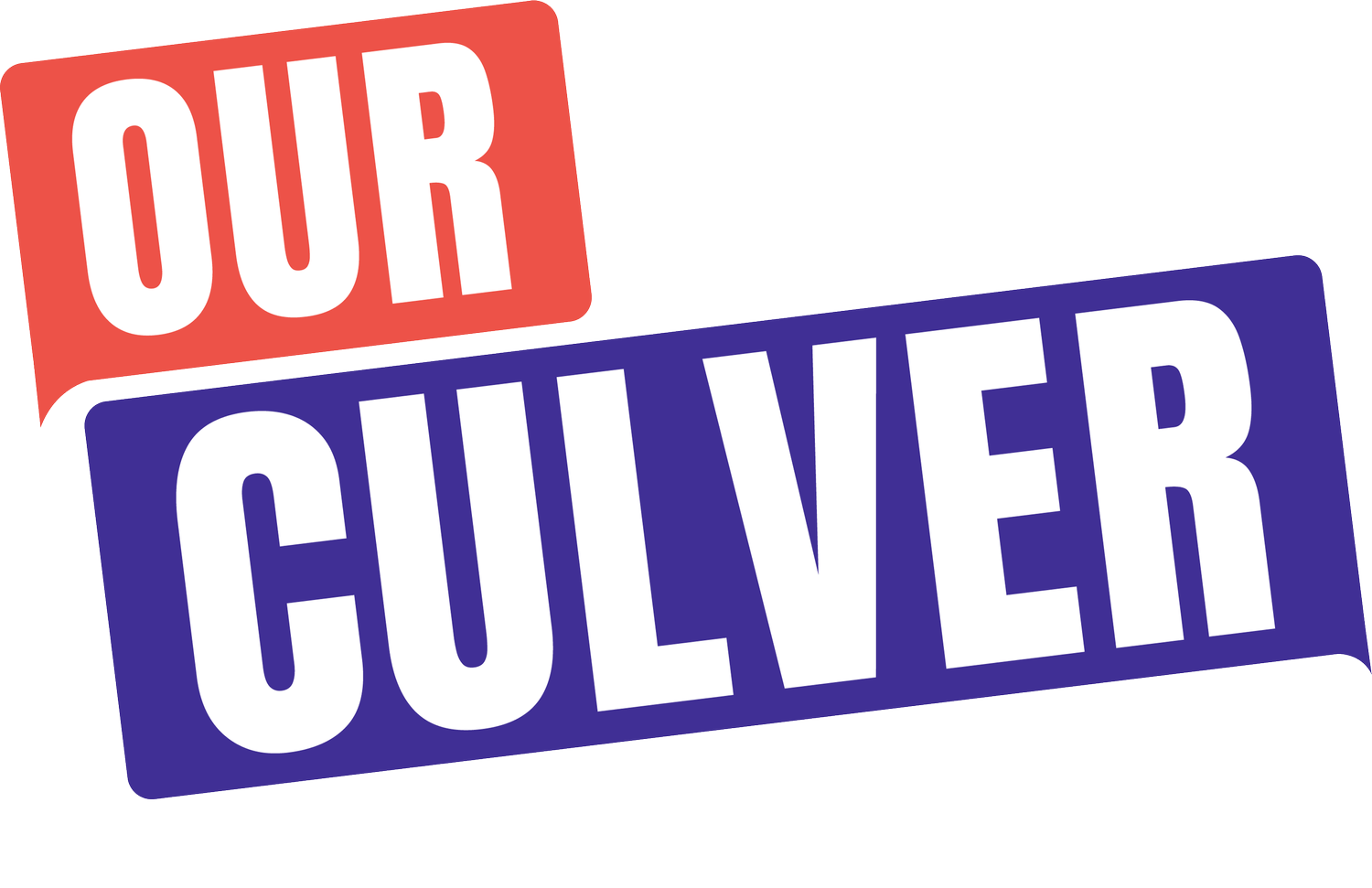Issues: Equity & Racial Justice
In Culver City, we're literally putting equity into our foundational city plan. Culver City’s new General Plan cites Equity + Inclusion as one of four core values shared by Culver City community members. The following image is used to contrast equity with equality:
In an ambitious and aspirational statement, the new General Plan claims equity as a “lens [applied] to every aspect of the General Plan Update effort.” Used in this manner, it's a way of looking at the world — more specifically, at how resources are distributed within our community:
Why do some neighborhoods have more convenient access to parks?
Why are some neighborhoods more walkable?
Why are some neighborhoods more polluted by freeway and road traffic?
Why do residents in one neighborhood have a 30-year fixed monthly housing payment while residents in another neighborhood have a housing payment that rises with inflation every year (or even higher)?
Consider the following example. The General Plan includes a series of maps showing the distribution of resources in Culver City. The following example looks at specific neighborhoods, highlighted in purple, where low income coincides with high pollution exposure. (All images are from the General Plan, with our own annotations.)
The neighborhoods where low income coincides with high pollution exposure also lack access to recreation facilities, are far from proposed new park facilities, and have few corridors where it's safe to walk or bike. These neighborhoods are also among the most racially and ethnically diverse in the city, with relatively high concentrations of Latino and Black Culver City residents.
Applying an equity lens to Culver City planning and policies also means examining the intersections of class, wealth, race, disability, gender, sexual orientation, and religion to better understand how the city’s resources are inequitably distributed. Race, in particular, is important to understanding the specific ways our community has been impacted historically.
We’re living in a time when our city has formally acknowledged its racist past. It wasn’t just an acknowledgement that a few racist people lived here long ago, but rather that racism was built into the structure of the city itself. And those injustices are perpetuated in the institutions and systems we live under today.
So in this rare moment of civic self-assessment, we as the Culver City community are faced with a choice. Do we ignore the past? Or can we build a better future — one that restores what was lost where possible, and elsewhere seeks to transform those harms that cannot be undone?
Read more on equity & racial justice from Our Culver community:
Add your story to the conversation. Reach out to us at ourculver@gmail.com to tell your story.











